Analysis of the Learning and Development Function in Organizations
VerifiedAdded on 2022/10/11
|13
|987
|15
Report
AI Summary
This report provides a comprehensive overview of the Learning and Development (L&D) function within organizations. It begins by defining the L&D function as a critical component of Human Resource Management and Talent Management, emphasizing its role in enhancing individual and group performance. The report traces the evolution of L&D, highlighting shifts from technical expertise to leadership development and talent engagement, influenced by technological advancements and the rise of Gen Y and Gen Z in the workforce. Key L&D activities contributing to business improvement are identified, including understanding company goals, fostering innovation, and leveraging data analytics. The report then assesses prominent L&D models such as the 70-20-10 model, which emphasizes hands-on experience, social learning, and formal training, and the System model of Training, outlining its five phases. The report also covers the Transitional model, which focuses on the organization's mission and values. Finally, it details the roles and responsibilities of L&D managers, including advising company leaders, collaborating with consultants, and managing training budgets. The report also offers examples of leadership guidance and support, such as developing online training portals and promoting democratic leadership.
1 out of 13
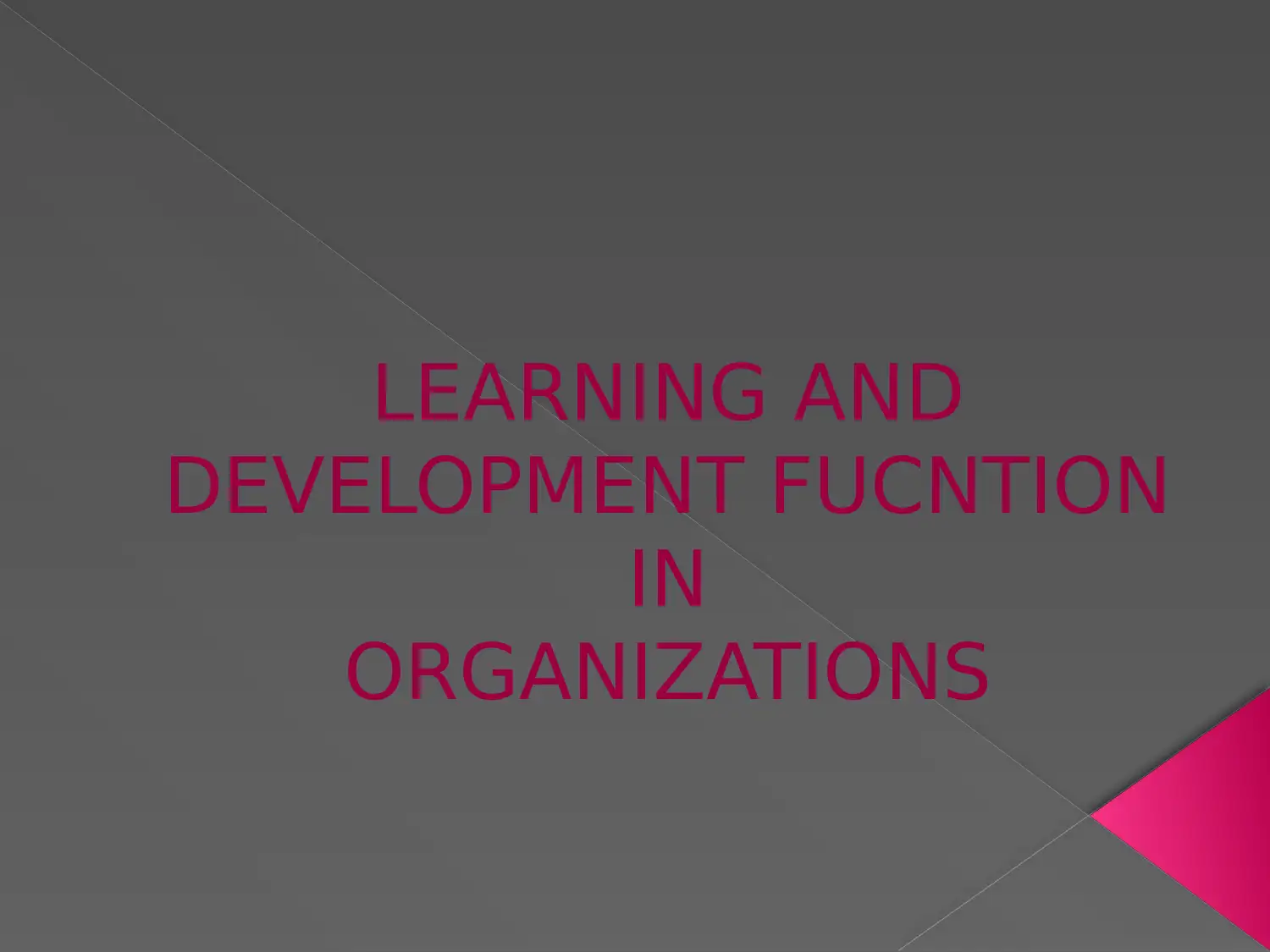
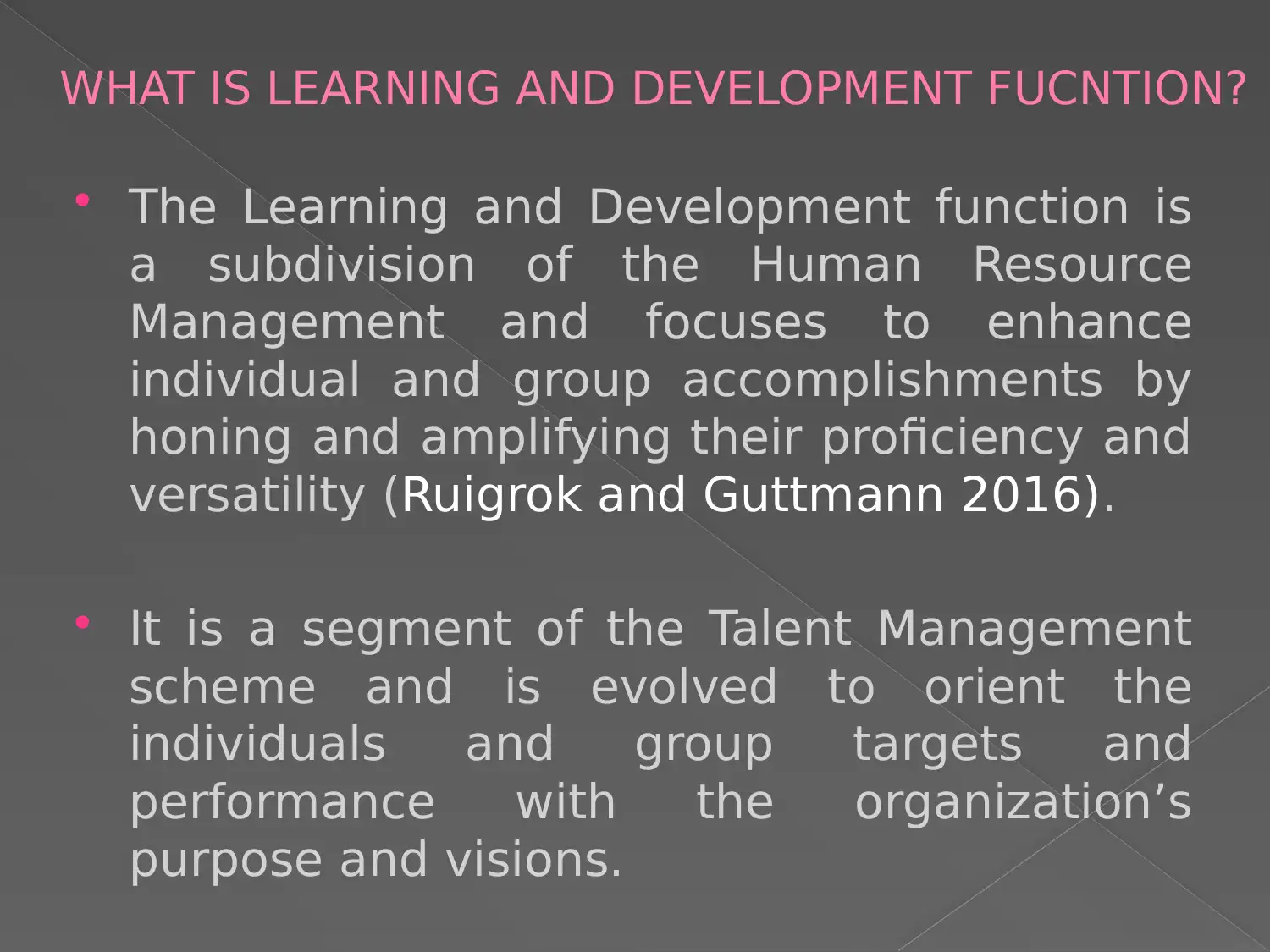
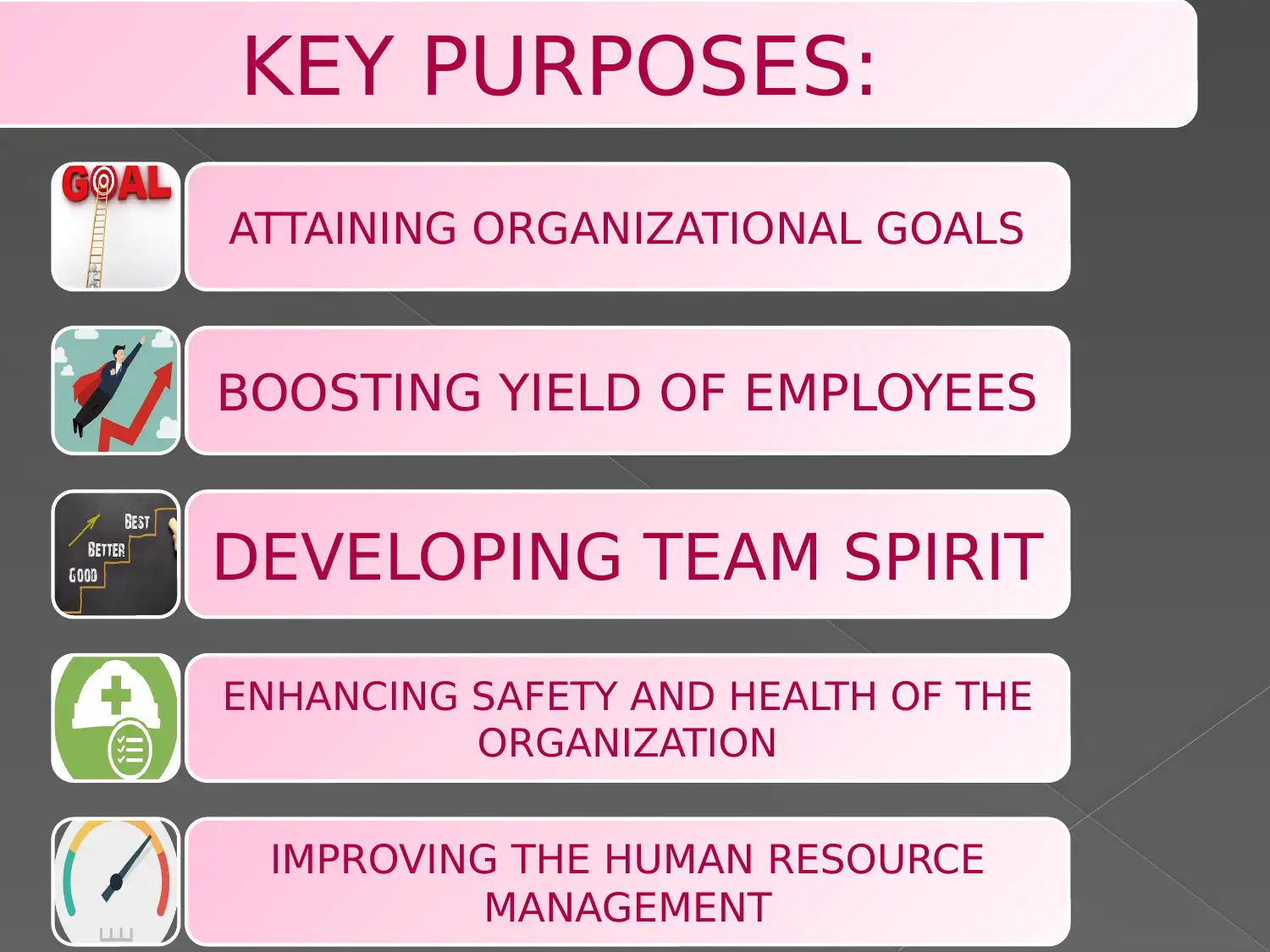

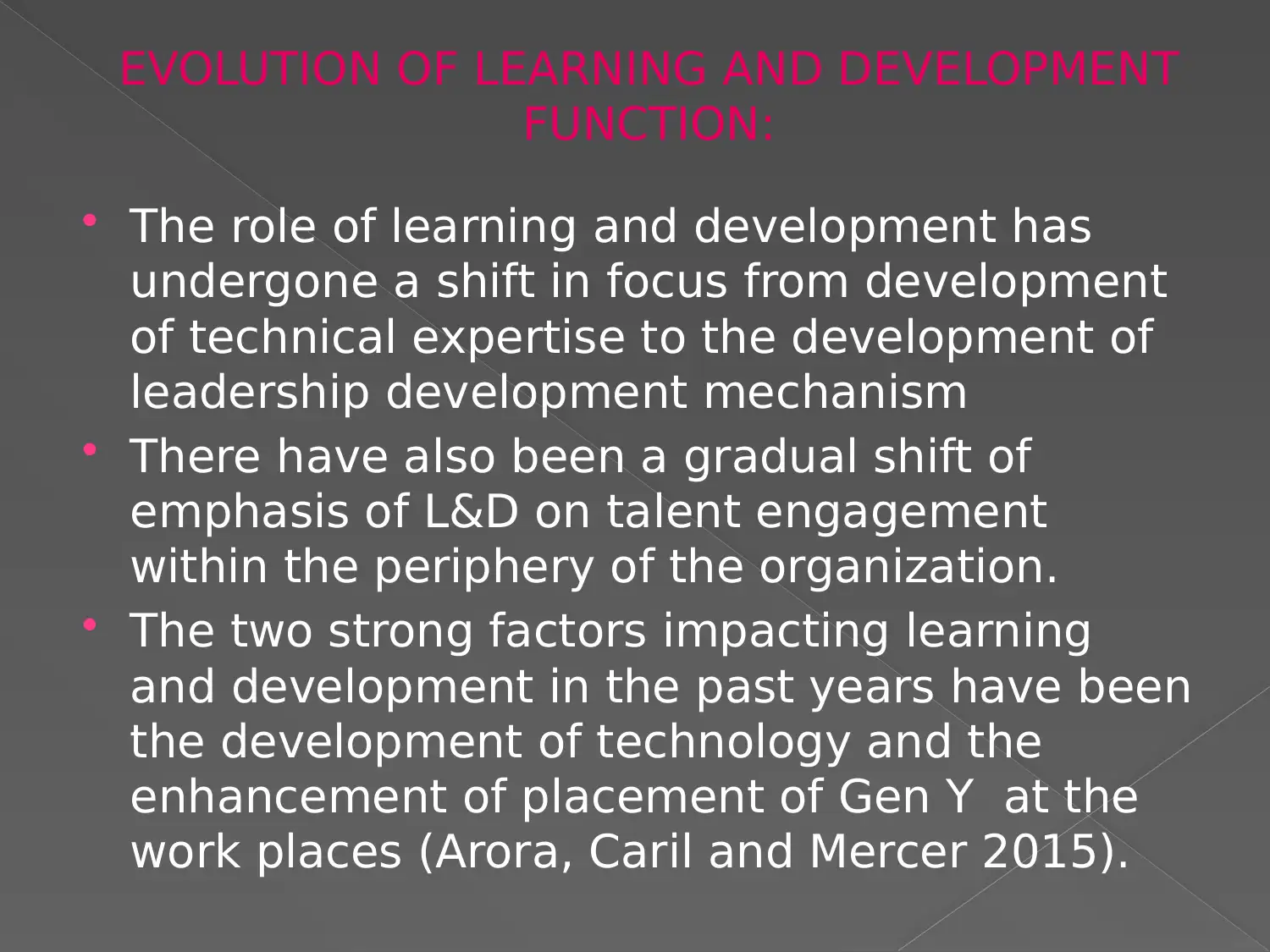
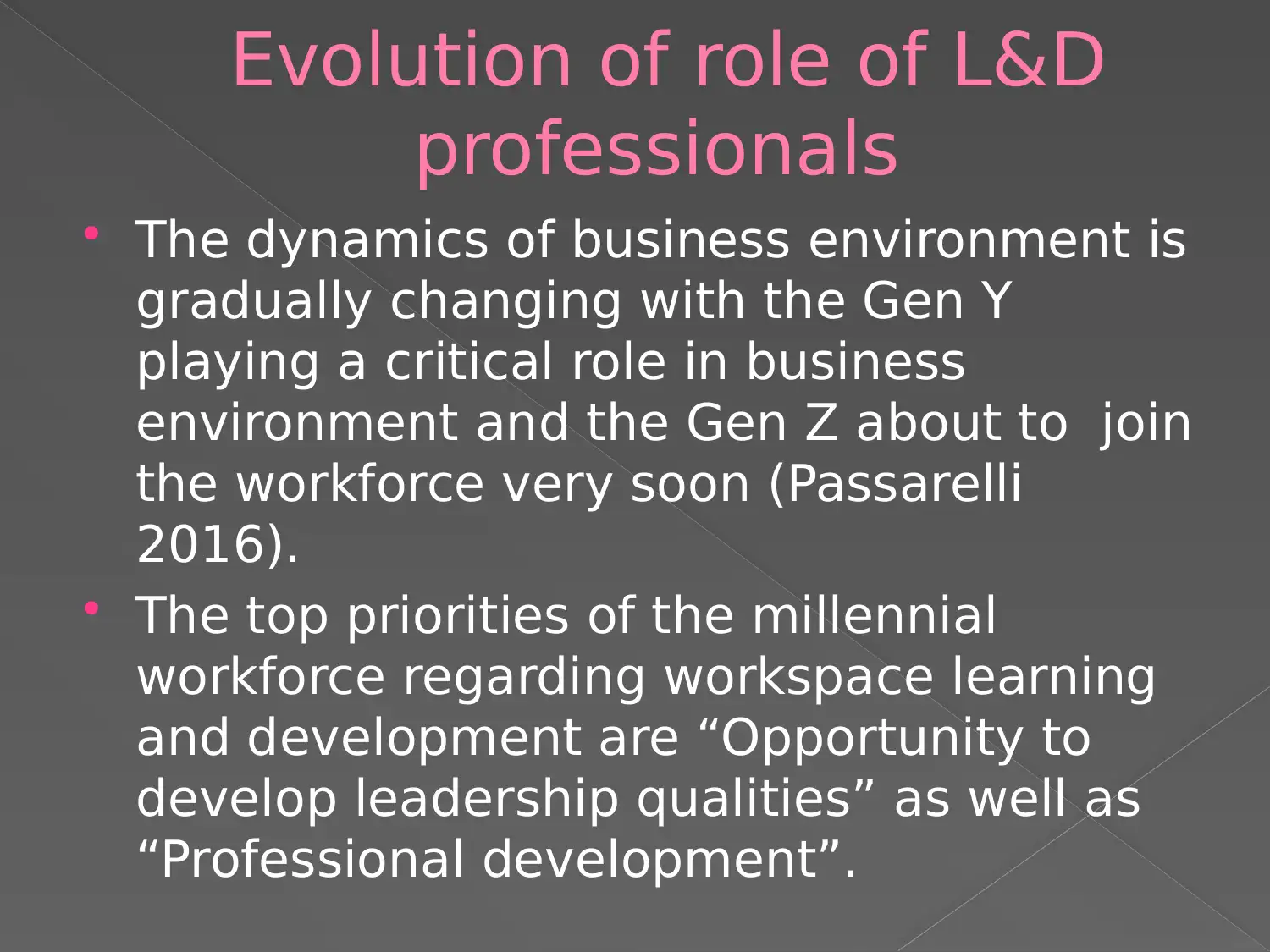
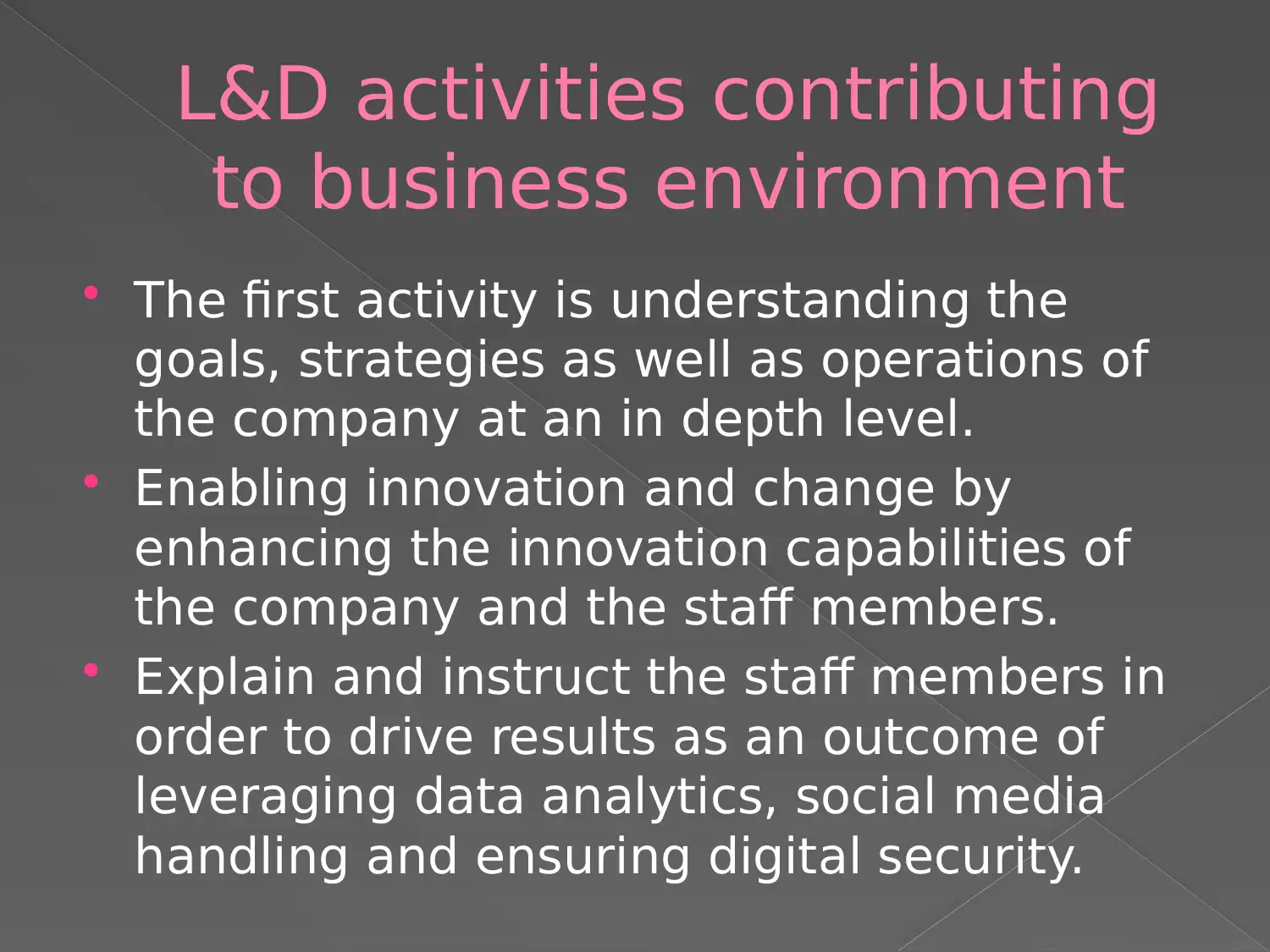
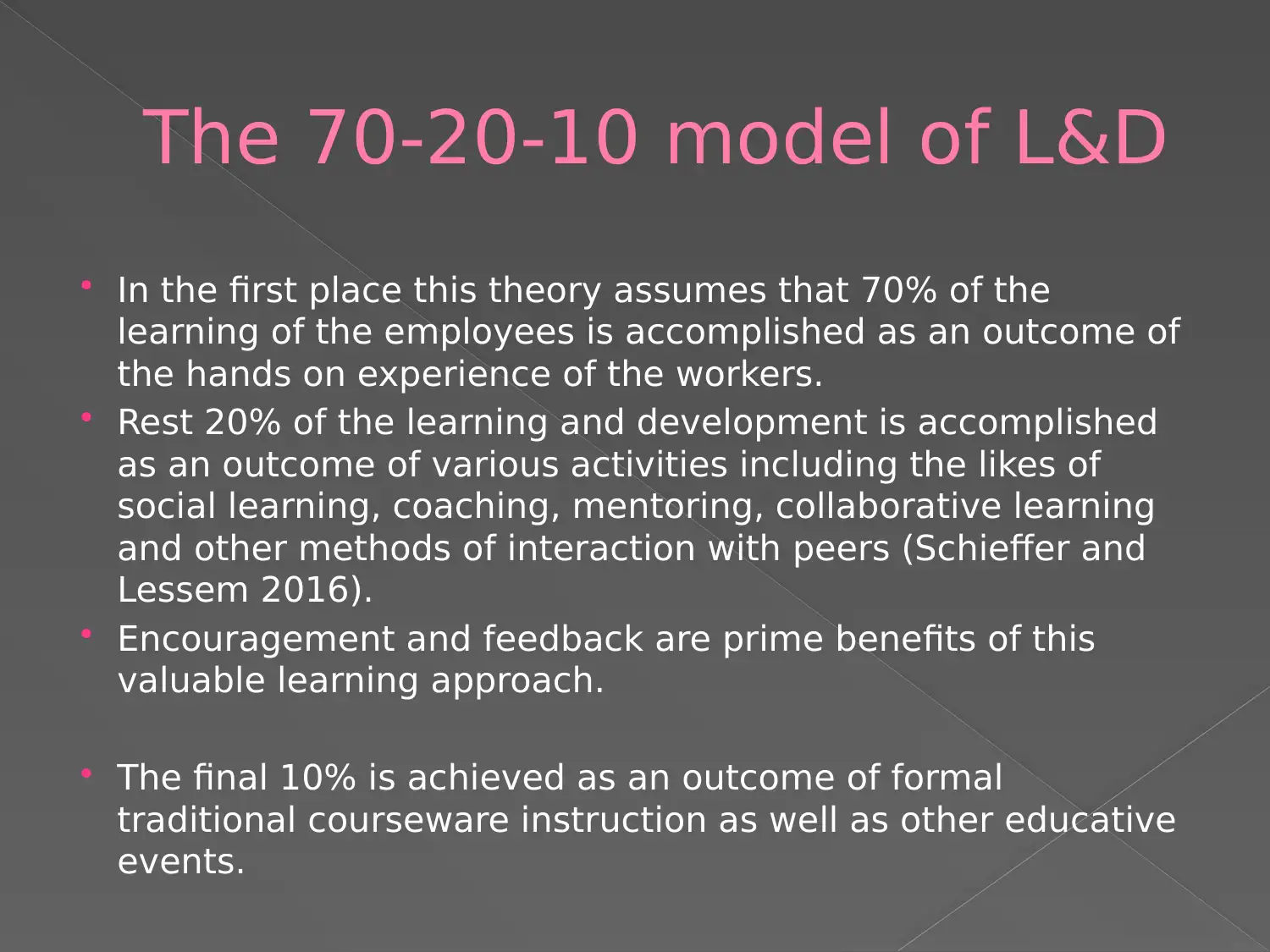
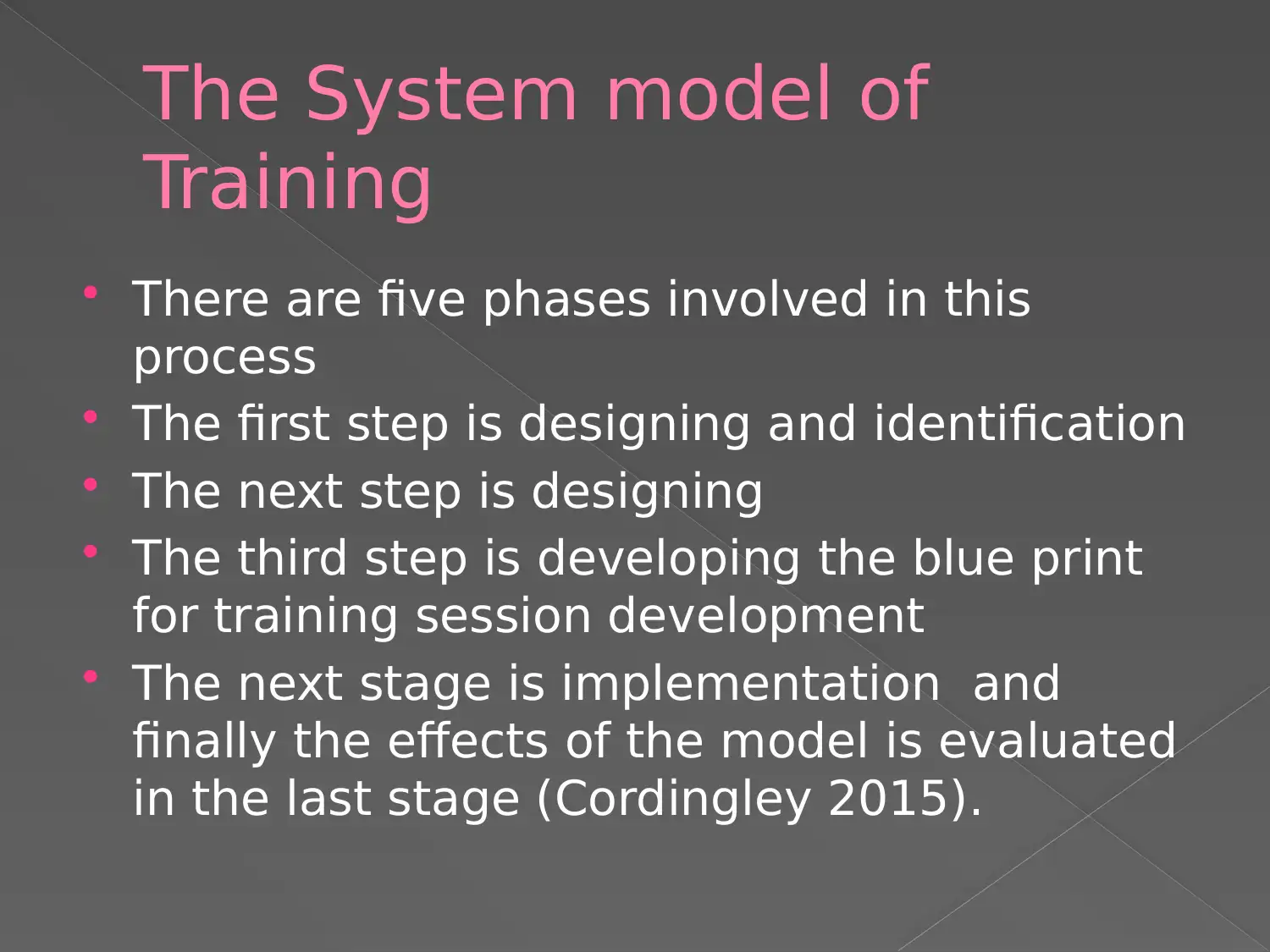
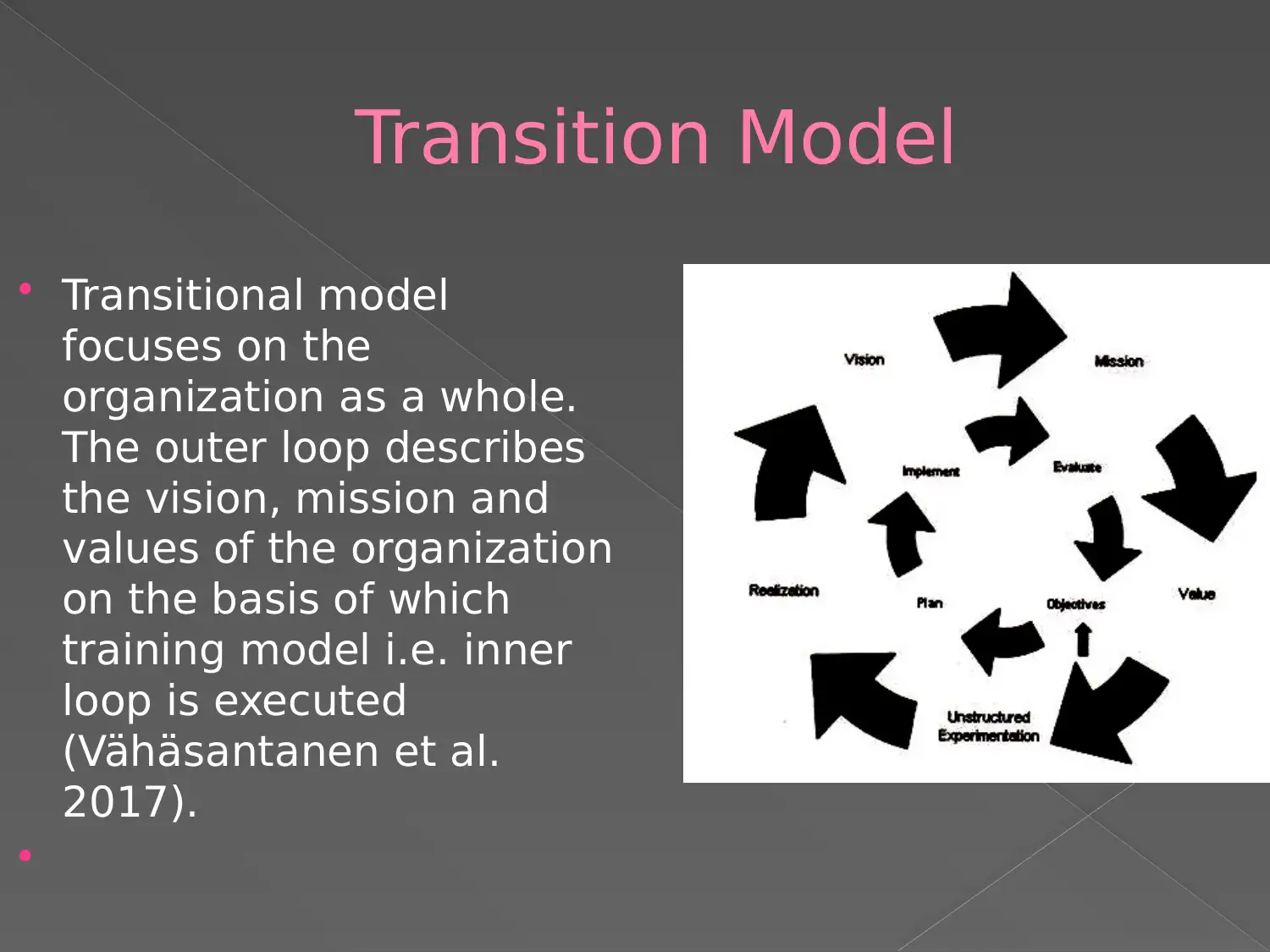
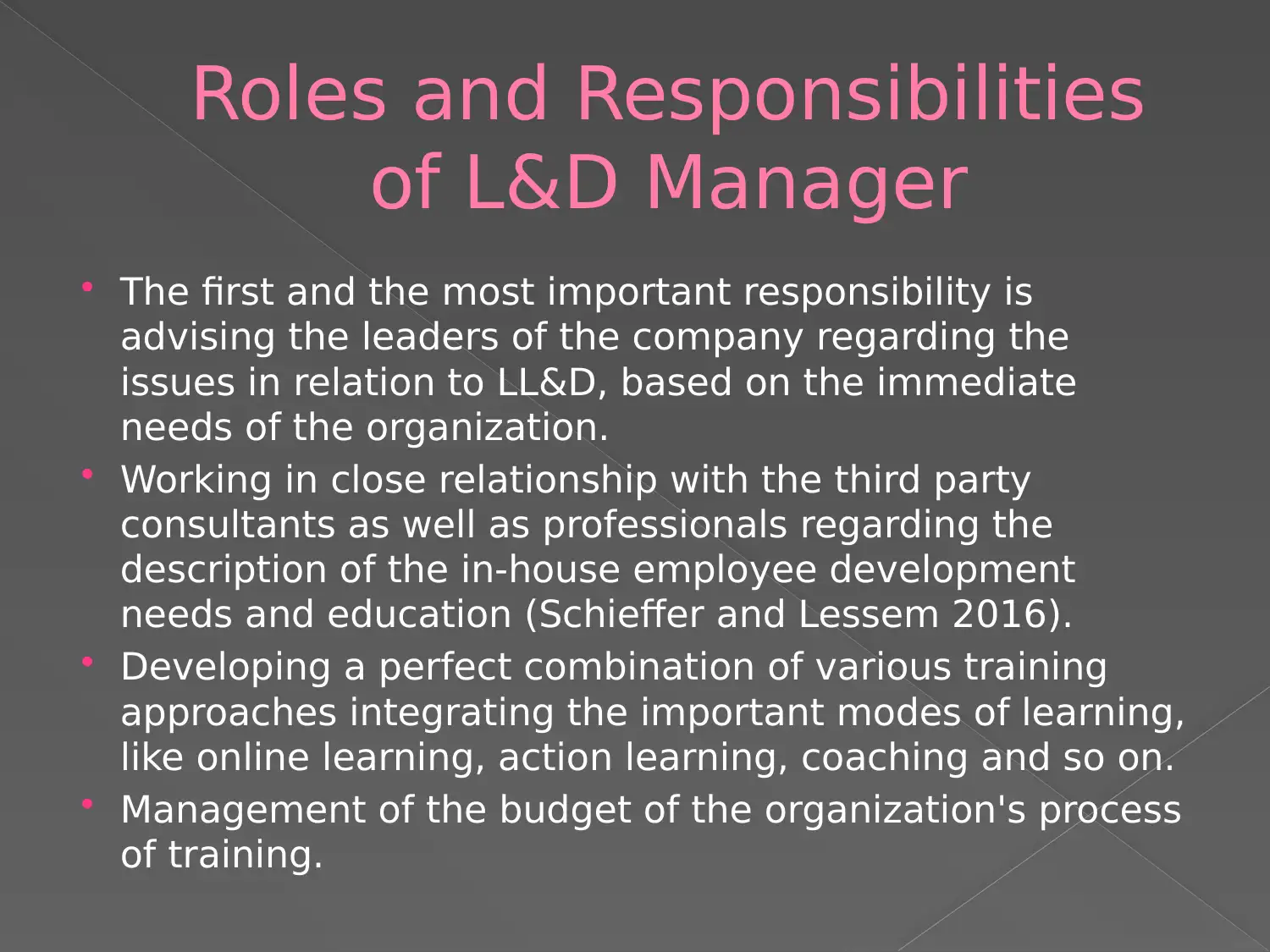
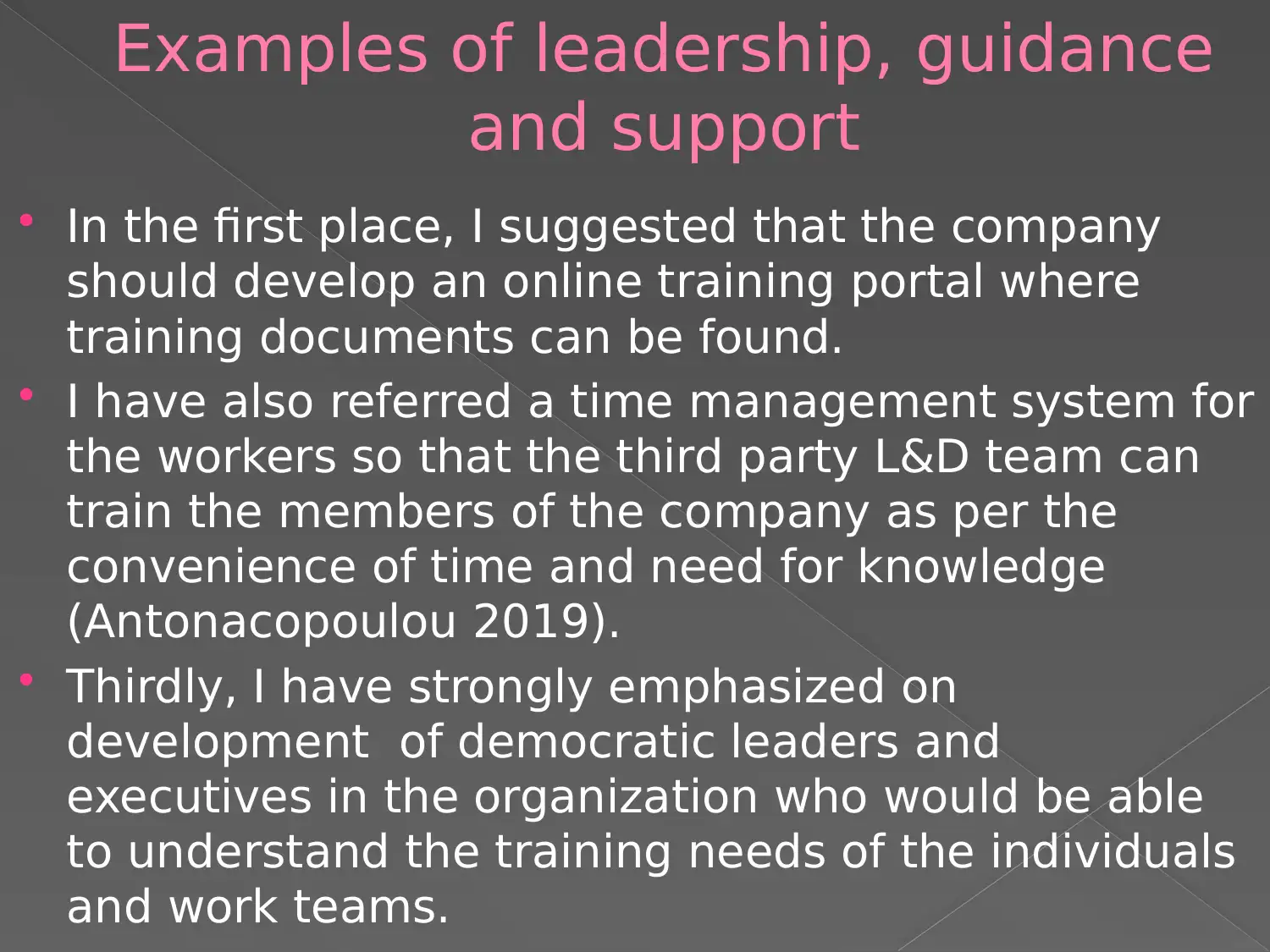
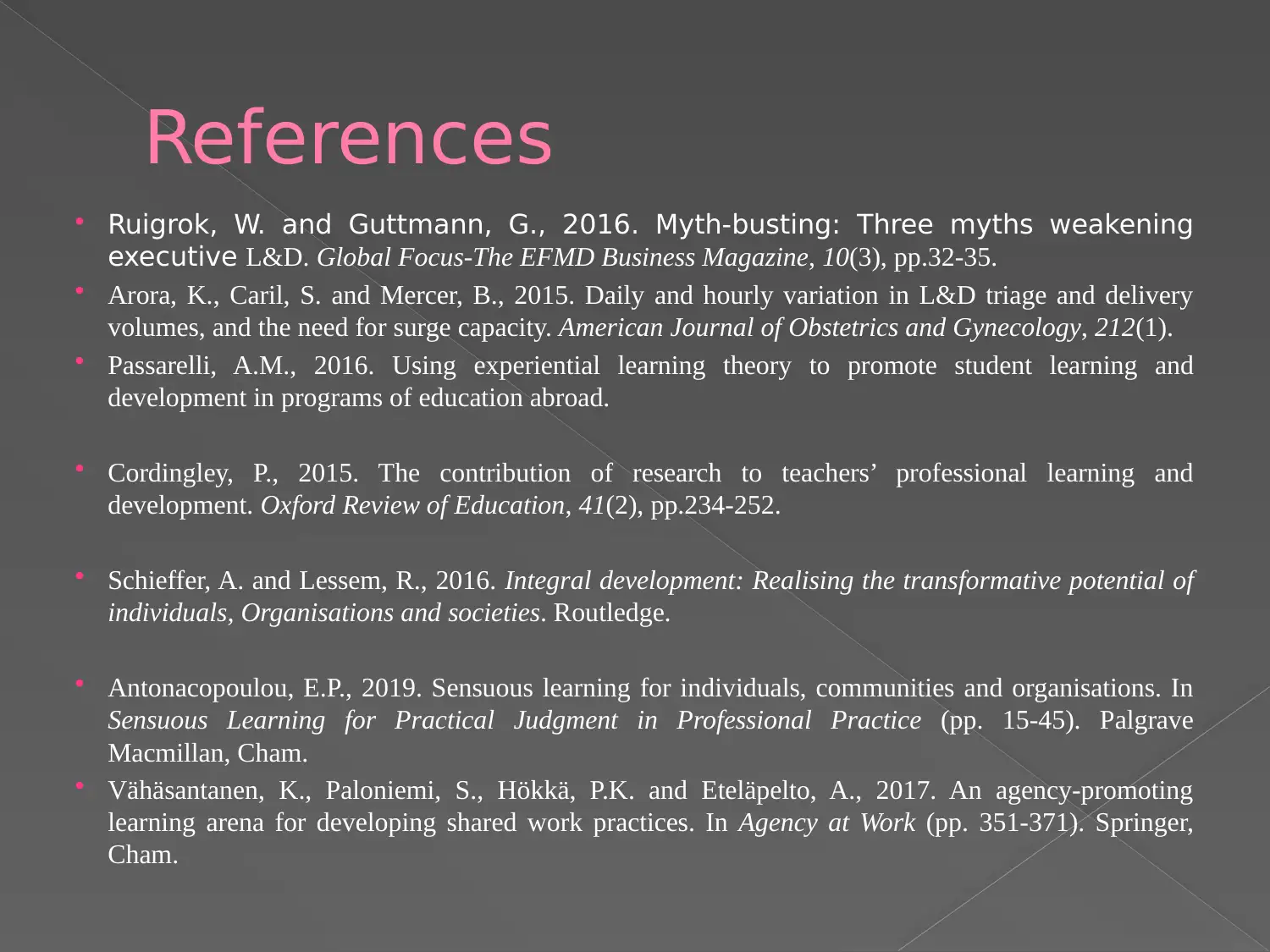
![[object Object]](/_next/static/media/star-bottom.7253800d.svg)